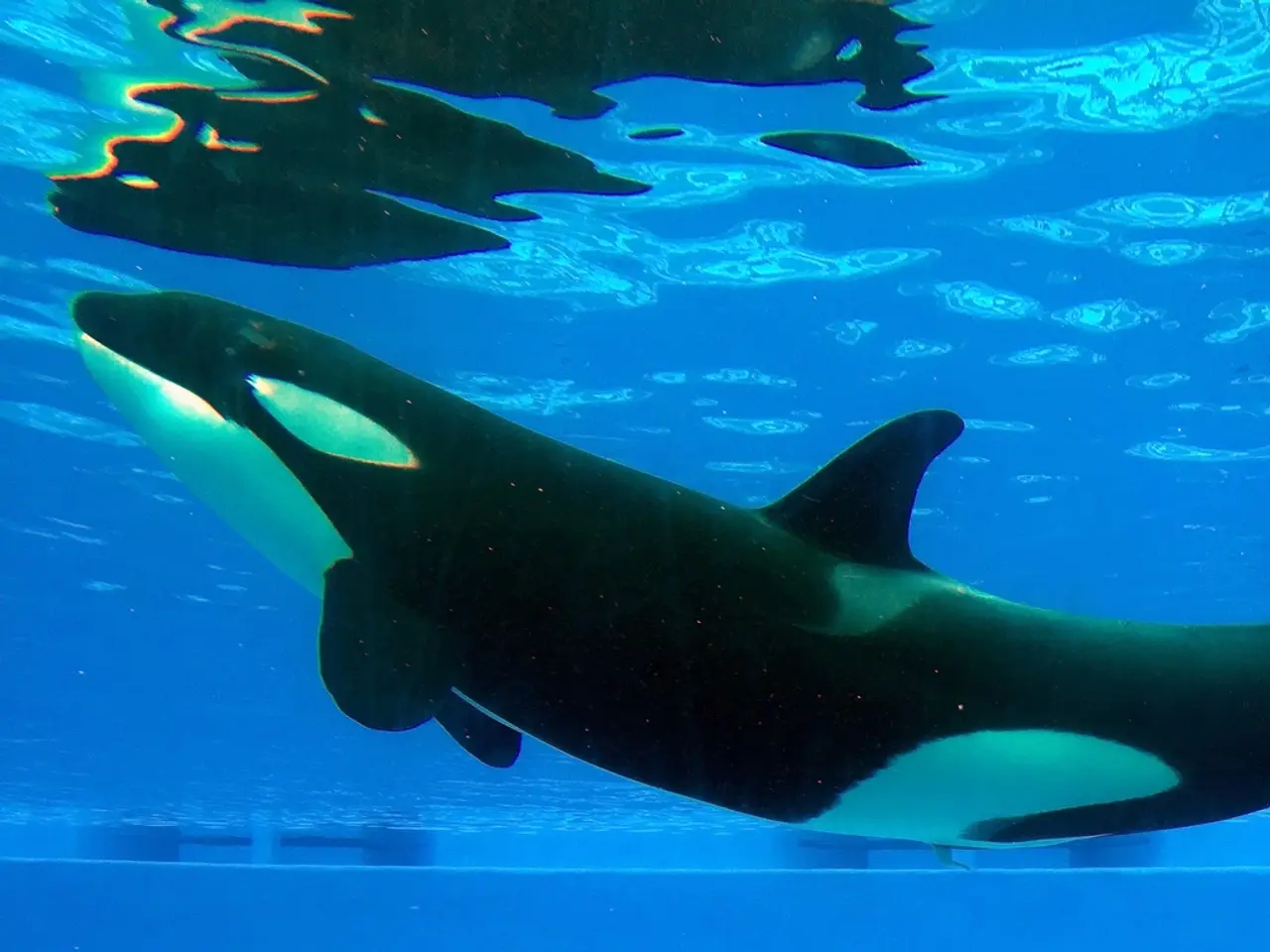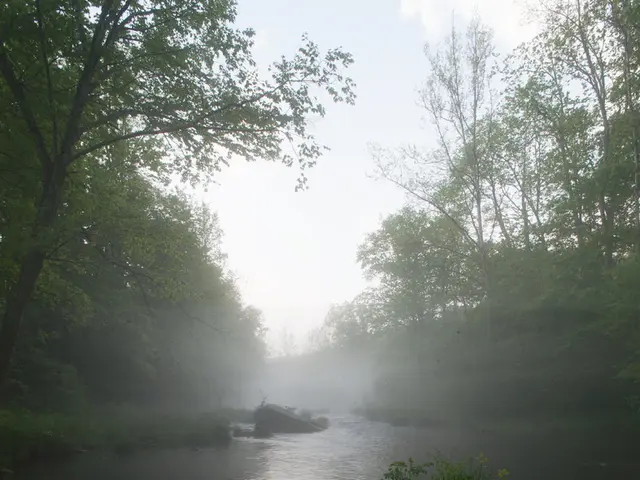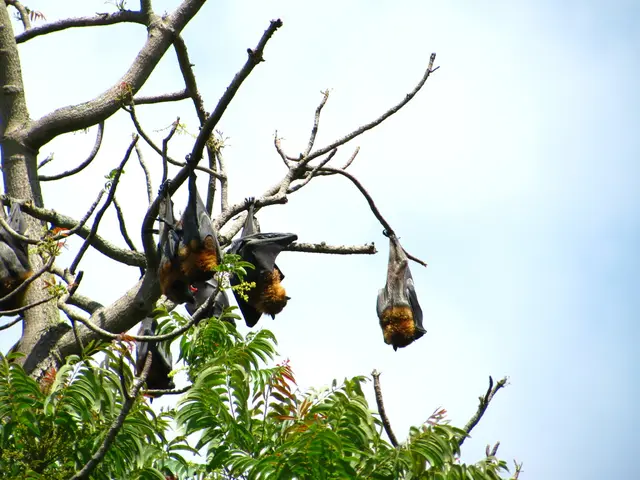Ancient 26-million-year-old whale found to be surprisingly adorable, featuring a diminutive physique yet boasting a substantial appetite.
In a groundbreaking discovery, a team of researchers at Museums Victoria has identified a new species of ancient whale named Janjucetus dullardi. This small, shark-like predator lived during the Oligocene period, around 34 to 23 million years ago, and provides a unique window into the early adaptations that shaped the transition of whales from toothed hunters to the giants of today's oceans.
The fossil, found by Ross Dullard on a beach near Jan Juc, Australia, has offered the best look at the teeth and ear bones of whales at that time, with details preserved in an unusually good condition. The fossil includes exceptionally preserved skull, teeth, and ear bones, especially delicate inner ear structures like the cochlea. These features reveal important early hearing adaptations, showing how the species could detect prey and navigate underwater effectively.
Janjucetus dullardi was about 2 to 3 meters long, roughly the size of a modern dolphin, much smaller than today’s whales. It was a swift, agile predator with large forward-facing eyes for sharp vision, indicating it hunted actively rather than filter-feeding. Its jaw was lined with sharp, slicing teeth adapted for catching fish and other marine animals, unlike modern baleen whales which filter feed.
The species belonged to the mammalodontid family, an early group of whales that lived during the Oligocene. J. dullardi is a juvenile-aged member of Mammalodontidae, a family of whales that lived between 30 and 23 million years ago. The discovery of J. dullardi has unlocked an entire chapter of whale evolution that was previously unknown. In fact, fossils belonging to Mammalodontidae have only been found around southeast Australia and New Zealand.
The study on J. dullardi was led by Ruairidh Duncan, a PhD student at the Museums Victoria Research Institute and Monash University. The study, published in the Zoological Journal of the Linnean Society, suggests that J. dullardi provides a window into how ancient whales grew and changed as they adapted to life in the sea.
Dr Erich Fitzgerald, Senior Curator of Vertebrate Palaeontology at Museums Victoria Research Institute, led the study describing the new species. He emphasized the importance of public participation in such discoveries, praising the public discovery of the J. dullardi fossil by Ross Dullard and its reporting to the museum.
The region where the fossil was found was once a cradle for some of the most unusual whales in history. The researchers' findings indicate that appearances can be deceiving when it comes to ancient whale species. For instance, J. dullardi had sharp, slicing teeth, making it a formidable hunter in the ocean. However, its size was much smaller than today’s whales, demonstrating the diversity in feeding strategies before the rise of modern baleen whales.
In summary, the discovery of Janjucetus dullardi offers a significant contribution to our understanding of whale evolution. This small, shark-like whale predator filled a critical evolutionary niche during the Oligocene, providing a unique window into the early adaptations that shaped modern whales’ transition from toothed hunters to the giants of today’s oceans.
Read also:
- Annual energy expenditure at the University Science Building slashes by $1.2 million, all the while adhering to environmental safety ventilation standards.
- GPS Tracking System Unveiled by RoGO Communications for Wildland Firefighting Operations
- Strategies for Minimizing Greenhouse Gas Emissions from the Built Environment
- Most Potent Nuclear Explosive Ever Constructed - Tsar Bomba








